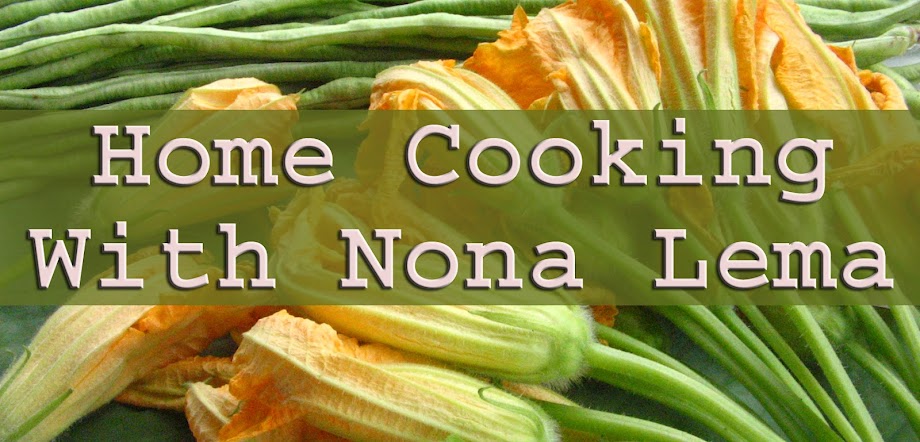
This is my favorite summertime fruit salad-- cooling, and refreshing. Beautiful blend of colors and flavors.
If you are tempted to put watermelon because of the bright red color - - don't! Watermelon will react with calamansi and soon will turn bitter.
Summer fruits are nature's wonderful medicine packed with vitamins, minerals, anti-oxidants and many nutrients. Fruits are low in calories and fat and a source of simple sugars.
Ingredients:
1 c lakatan bananas (chopped)
1 c ripe mangoes (cubed)
1 c melon (balls)
1 c canned pineapple tidbits
syrup:
1 c sugar
1/2 c water
2 Tbsp calamansi juice (or lemon juice)
2 Tbsp vanilla
2. Prepare syrup: In a saucepan, boil sugar and vanilla in water. Let
cool. Add calamansi juice.
3. Pour sugar-calamansi syrup over mixed fruits. Toss and chill.
serve cold.
PLEASE SHARE:







